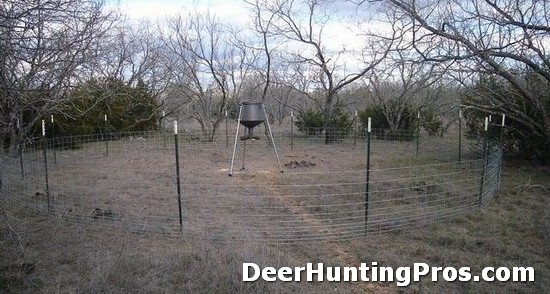Question: Our deer lease is in a part of Oklahoma that was impacted by the recent wildfires. Earlier this week, my buddy got a phone call form the landowner of the lease and he wants to go up $400 a person! Last deer hunting season, we were paying $1,100 a gun and access to over a little over 1,000 acres. Our lease members went up there on Sunday and the property was was pretty much burned to the ground.
The landowner has about 3,500 acres of deer hunting property that he leases, and about 3,200 of it was black, so pretty much the whole place is devoid of deer habitat right now.What would you tell him? I was thinking that $1,100 per gun is a good price considering there is nothing out there right now. I can not see going up on the deer lease fees until the habitat bounced back, but it’s not my property. What would you do? Continue reading Whitetail Hunting: The Price of a Deer Lease?
